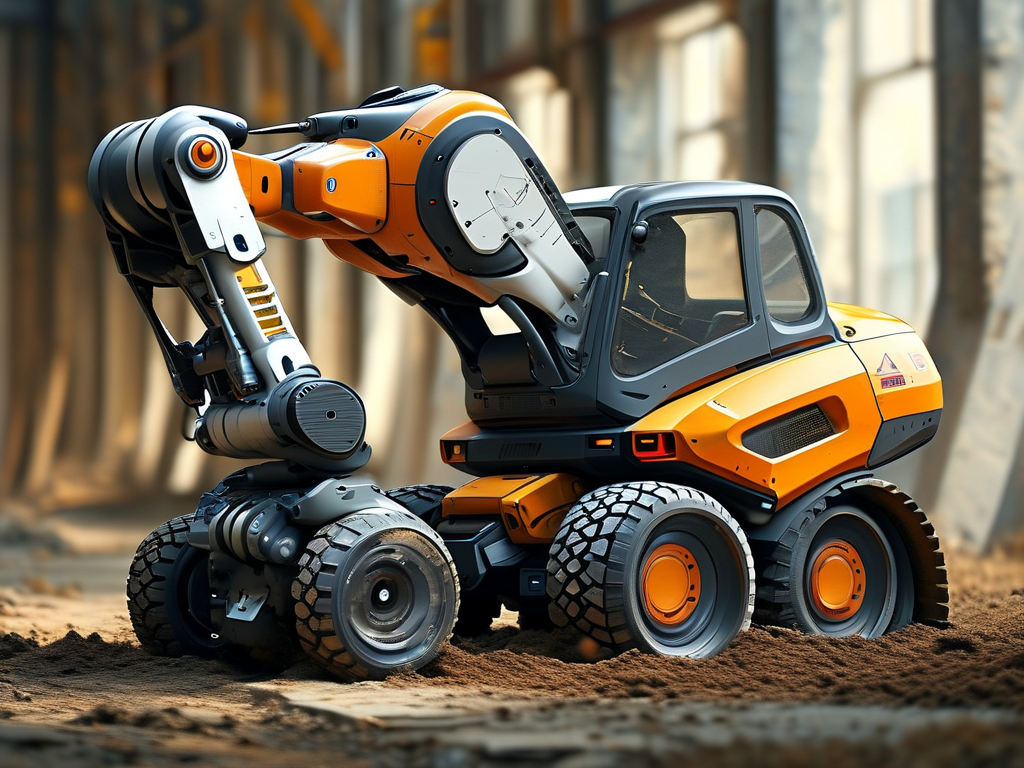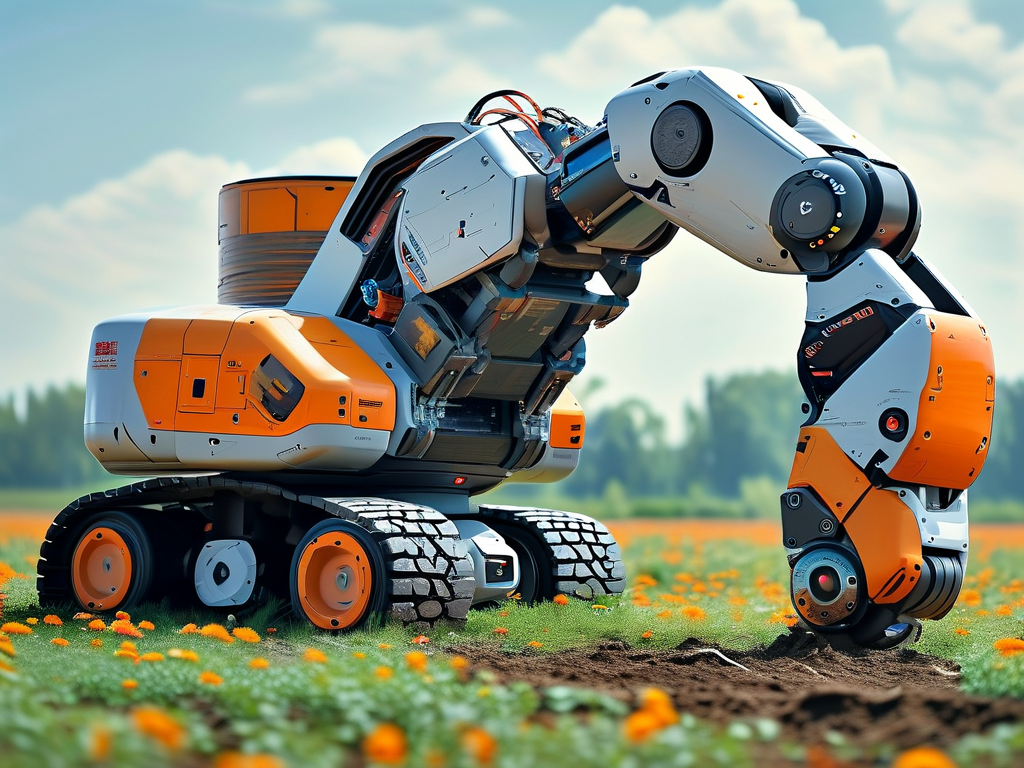The integration of robotics into agriculture has revolutionized traditional farming practices, with robotic soil tillage emerging as a cornerstone of modern precision agriculture. This technology combines advanced mechanics, sensor systems, and artificial intelligence to automate soil preparation, offering unprecedented efficiency and sustainability. Below, we delve into the core principles driving robotic tillage systems and their transformative impact on farming.
Core Mechanisms of Robotic Tillage
At the heart of robotic soil tillage lies a synergy of hardware and software components. The robotic unit is typically equipped with modular tillage tools, such as rotating blades or ploughs, designed to break and aerate soil. These tools are mounted on articulated arms or chassis, allowing adaptive movement across uneven terrain. Unlike conventional tractors, robotic tillers use electric or hybrid power systems, reducing carbon emissions while maintaining operational endurance.
A critical component is the sensor fusion system, which integrates LiDAR, infrared cameras, and soil moisture sensors. These devices create real-time 3D maps of the field, identifying variations in soil density, moisture levels, and obstructions like rocks or roots. For instance, LiDAR scans the topography to adjust blade depth dynamically, ensuring consistent tillage without over-penetration. Meanwhile, moisture sensors prevent unnecessary tillage in damp areas, preserving soil structure and microbial health.
Navigation and Decision-Making Algorithms
Autonomous navigation is powered by simultaneous localization and mapping (SLAM) algorithms, enabling robots to traverse fields without human intervention. SLAM processes data from GPS, inertial measurement units (IMUs), and visual odometry to chart optimal paths while avoiding obstacles. Advanced models employ machine learning to "learn" field layouts over time, improving route efficiency with each operation cycle.
Decision-making relies on edge computing, where onboard processors analyze sensor data to adjust parameters like speed, tool angle, and pressure. For example, if a robot detects compacted soil zones, it may increase blade torque or make multiple passes to achieve desired tilth. This real-time adaptability minimizes energy waste and ensures uniform soil preparation.
Energy and Sustainability Considerations
Robotic tillage systems prioritize energy efficiency through regenerative braking, solar-powered batteries, and task-specific power allocation. A notable innovation is swarm robotics, where smaller units collaborate to till large fields. By distributing workloads, swarm systems reduce individual robot energy consumption and operational time. Field trials in California’s Central Valley demonstrated a 40% reduction in energy use compared to diesel-powered tractors.

Challenges and Future Directions
Despite advancements, robotic tillage faces hurdles such as high initial costs and sensor vulnerability in extreme weather. Researchers are addressing these by developing ruggedized sensors and cost-sharing models for small-scale farmers. Future iterations may incorporate blockchain-enabled maintenance logs and 5G connectivity for remote diagnostics, further enhancing reliability.

Robotic soil tillage technology represents a paradigm shift in agriculture, merging ecological stewardship with technical precision. By automating labor-intensive tasks and optimizing resource use, it paves the way for scalable, sustainable food production. As algorithms and hardware evolve, these systems will likely become indispensable tools in the global effort to balance agricultural productivity with environmental preservation.

